

The convent location was bought by the Hannawit monks around 1730 in order to build a convent. The construction was carried out on several stages, starting by a water well and constructing the first part of the convent next to the already-built house.
The construction of the church began in 1747 and ended in 1750, the year during which it was hallowed on the name of St Michael by Maximus Hakim Bishop of Aleppo. The church represents a masterpiece of oriental architecture, and is composed of one hall and several arcades.
Before the monks gave the convent to the Basilite nuns, they continued its construction according to the Lebanese architecture. It consisted of several corridors leading to the bedrooms. Above each doorstep was an engraving mentioning the name of the donator and contributor in building the convent and the year of construction.
The church was also adorned with valuable icons brought from the convent of St John in Khinshara. Some of the icons date from the 16 & 17 century. The 18th century icons, such as the icon of St Michael (1718), were painted by painters of the Aleppo school of iconographia.
Some of the Baslite Choueirit nuns moved to the convent from the Annunciation convent, a few meters away from St Michael convent, in 1830 when the nuns order was divided between Aleppians and Choueirit.
Therefore, the monks offered a part of the convent to their sisters from Aleppo who settled down in the convent and led a quiet monastic life divided between prayers and land labor.
In
1954, the monks were separated from the nuns and St Michael convent became
the property of the sisters who dedicated their lives to teaching the girls
in Zouk. They established in 1954 as well, the school in which they also received
the girls who wanted to devote their lives to the Lord.
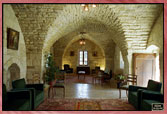 |
|
Convent
Salon
|
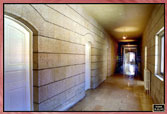 |
|
The
convent's new building
|
 |
|
The
convent's old building (300- years-old)
|
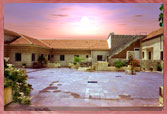 |
|
Convent's
yard
|
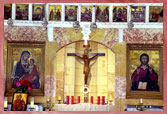 |
|
The
Altar
|
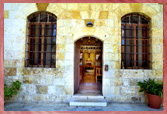 |
|
Main
entrance of the Church
|
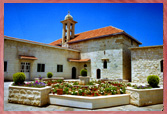 |
|
Convent's
yard
|
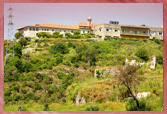 |
|
St
Michael Convent (Old & New Building)
|